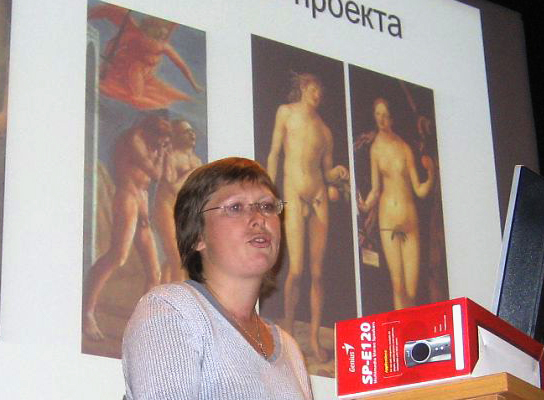In spring 2010 the European Museum Forum (EMF) organized the special discussion “What is good museum today?” in order to formulate the new criteria of the contemporary successful museum. It was clearly stated that one of the key criteria is evaluation of the new audience and the definition of a new type of a museum visitor. New types of audiences are emerging and being recognised, and also new ways of dialoguing with them are becoming part of the arts organisations’ communication strategy. As it was defined by Damien Whitmore (V&A) “the visitor today is everyone who interacts with the museum, whether on location or on the opposite side of the world through web content”.

Natalia Kopelyanskaya
In the future, therefore, a more open approach – and an open mind – is clearly required. The subject was also touched at the EVA Florence Conference in April 2010. The new museum trends in rebranding and extension – like Tate Modern or Centre George Pompidou Metz – is in a way a response to the question how to retain old and reach out to new audiences today and tomorrow.
The evaluation of the museum visitors is on one hand well-rooted museum technology, based mainly on interdisciplinary approach, but on the other hand it is getting more and more complicated and connected to the new technology. The advent of information technologies produced a new type of museum visitor – museum user 2.0 (the model of participatory museum) and, hence the traditional museum has to change its strategy in access and content creation according to that new user profile to remain attractive. Some museums prefer to work with multimedia, inserting display culture, others try to avoid the screens and to create the special realm of storytelling. In all cases museums today have to be very creative and understand how they are perceived by the audience. And that is a crucial point!
How the museum is perceived today by the visitors? What could work as an effective model? Is it still storage of traditional arts and a place of many restrictions?
The lecture will be about above topics, museum context and the possible approach of museum visitors’ evaluation, illustrated by the new museum projects from the Great Britain, Russia and Italy.